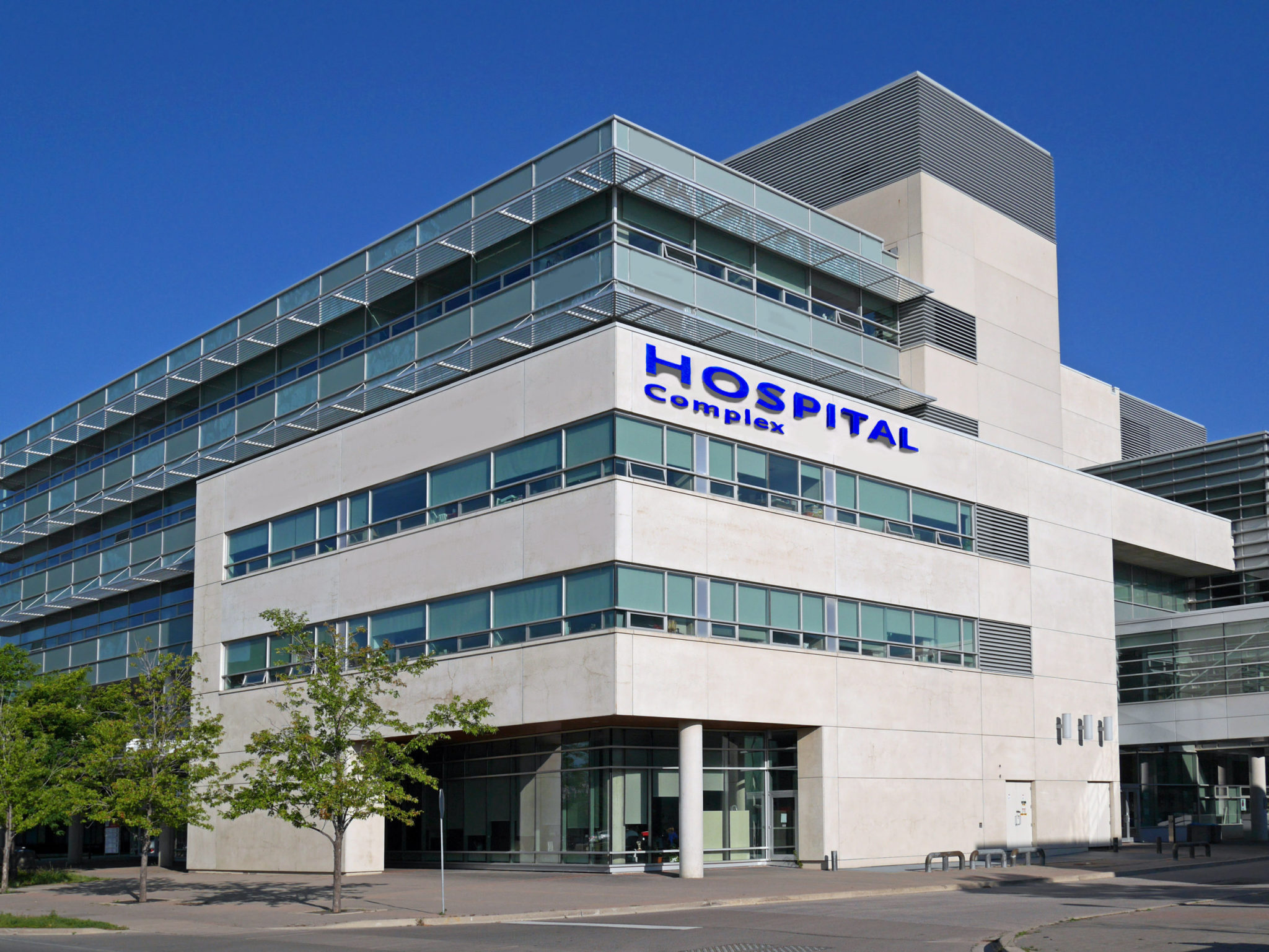The overriding reason for monitoring in a hospital is to ensure patient safety. The following is a list of some of the possibilities.
Blood Bank
- Temperature in blood bank refrigerators and freezers (including super colds)
- Temperature in blood product transportation coolers
- Temperature in warming baths and slide warmers
- Platelet agitator motion
- Security of radioactive sources
- Temperature in the blood bank refrigerators at the OR and Trauma Unit
- Room temperature and humidity in the blood bank area
Pharmacy
- Temperature in pharmacy refrigerators and freezers (including super colds)
- Temperature, humidity, differential pressure, and particle counts in cleanrooms
- Temperature in pharmacy refrigerators at nurses’ stations
- Temperature and humidity in pharmaceutical storage rooms
Laboratory
- Temperature in laboratory refrigerators and freezers (including super colds)
- Temperature (to -200°C) and LN2 level in cryogenic freezers
- Temperature at slide warmers
- pH of culture mediums
- Temperature, humidity, and CO2 levels in incubators
- Temperature in ovens
- Room temperature and humidity in the laboratory area
- Appliance door open time (door ajar)
- Special interfaces to instruments
In-Vitro Fertilization Lab
- Temperature (to -200°C) and LN2 level in cryogenic freezers
- Temperature at slide warmers
- pH of culture mediums
- Temperature, humidity, and CO2 levels in incubators
- Temperature, humidity, and room differential pressure in procedure areas
Nurses’ Stations
- Temperature in refrigerators containing pharmaceuticals
- Temperature in refrigerators containing patient food
- Temperature of blanket warmers
- Temperature and humidity in rooms where pharmaceuticals are stored
Dietary
- Temperature in refrigerators and freezers where perishables are stored
- Steam table temperature
- Dishwasher hot water temperature
- Deep fryer temperatures
- Oven temperatures
- Temperature in food delivery carts
Operating Rooms
- Temperature, humidity, and differential pressure in the operating room
- Special wireless temperature sensor at the operating table
- Temperature in blood or tissue storage refrigerators
Isolation Rooms
- Temperature, humidity, airlock pressure, and door open time
Patient Rooms
- Temperature in patient food storage refrigerators
Remote Clinics
- Temperature in refrigerators and freezers containing pharmaceuticals & blood products
- Temperature in specimen storage refrigerators
- Temperature and humidity in pharmaceutical storage rooms
Monitoring Service to Associated Doctors
- Temperature in refrigerators and freezers where pharmaceuticals are stored
- Temperature in specimen storage refrigerators
- Temperature and humidity in pharmaceutical storage rooms
In addition to helping to maintain patient safety, the following can be monitored to minimize cost and improve the bottom line.
- Levels in air and vacuum lines
- Power line voltage and current levels
- Electric power consumption
- Natural gas consumption
- Fuel oil consumption
- Chilled water consumption
- Temperature and humidity levels in public areas (keeping an eye on the HVAC system)
- Energy from green sources
- Domestic water consumption
- Hot water consumption and the energy required to produce it
- Generator oil and fuel levels and starting battery condition
The SmartScan temperature and humidity monitoring system for hospitals effectively ensures systematic operations as an in-expensive on-line solution.

